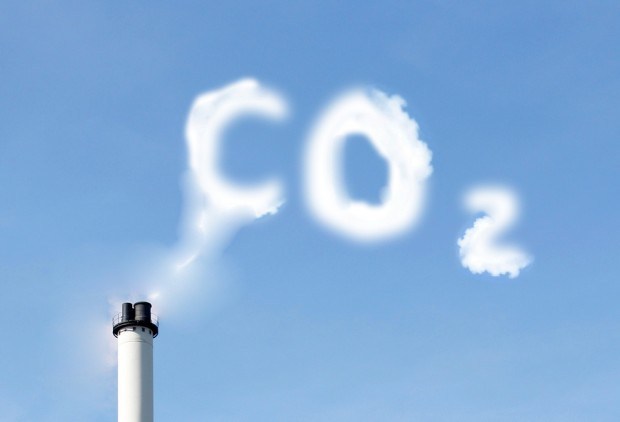The world’s major economies are falling further behind every year in terms of meeting the rate of carbon emission reductions needed to stop global temperatures from rising more than 2 degrees this century, a report published on Monday showed.
The sixth annual Low Carbon Economy Index report from professional services firm PwC looked at the progress of major developed and emerging economies towards reducing their carbon intensity, or emissions per unit of gross domestic product.
“The gap between what we are achieving and what we need to do is growing wider every year,” PwC’s Jonathan Grant said. He said governments were increasingly detached from reality in addressing the 2 degree goal.
“Current pledges really put us on track for 3 degrees. This is a long way from what governments are talking about.”
Almost 200 countries agreed at United Nations climate talks to limit the rise in global temperatures to less than 2 degrees Celsius (3.6 Fahrenheit) above pre-industrial times to limit heat waves, floods, storms and rising seas from climate change. Temperatures have already risen by about 0.85 degrees Celsius.
Carbon intensity will have to be cut by 6.2 percent a year to achieve that goal, the study said. That compares with an annual rate of 1.2 percent from 2012 to 2013.
Grant said that to achieve the 6.2 percent annual cut would require changes of an even greater magnitude than those achieved by recent major shifts in energy production in some countries.
France’s shift to nuclear power in the 1980s delivered a 4 percent cut, Britain’s “dash for gas” in the 1990s resulted in a 3 percent cut and the United States shale gas boom in 2012 led to a 3.5 percent cut.
Glimmer of Hope
PwC said one glimmer of hope was that for the first time in six years emerging economies such as China, India and Mexico had cut their carbon intensity at a faster rate than industrialized countries such as the United States, Japan and the European Union.
As the manufacturing hubs of the world, the seven biggest emerging nations have emissions 1.5-times larger than those of the seven biggest developed economies and the decoupling of economic growth from carbon emissions in those nations is seen as vital.
Australia had the highest rate of decarbonization for the second year in a row, cutting its carbon intensity by 7.2 percent over 2013.
Coal producer Australia has one of the world’s highest rates of emissions per person but its efforts to rein in the heat-trapping discharges have shown signs of stalling since the government in July repealed a tax on emissions.
Britain, Italy and China each achieved a decarbonization rate of 4-5 percent, while five countries increased their carbon intensity: France, the United States, India, Germany and Brazil.
United Nations Secretary General Ban Ki-moon hopes to gather more than 100 world leaders in New York on September 23 to reinvigorate efforts to forge a global climate deal.
(Reporting by Ben Garside. Editing by Jane Merrman)





















 Executives on the Move at Liberty Mutual, Cowbell, W. R. Berkley
Executives on the Move at Liberty Mutual, Cowbell, W. R. Berkley  Berkshire Hathaway Enters Post-Buffett Era as Share Prices Fall
Berkshire Hathaway Enters Post-Buffett Era as Share Prices Fall  How Insurers Can Avoid Post-Merger Technology Failure
How Insurers Can Avoid Post-Merger Technology Failure  Underwriter, Actuary Fears of AI Drop; Work Needed on Collaboration
Underwriter, Actuary Fears of AI Drop; Work Needed on Collaboration 









